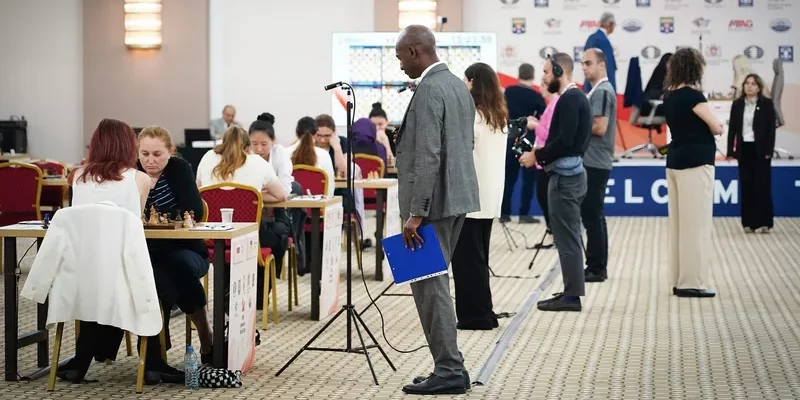The FIDE Women`s World Cup 2025 is well underway, delivering intense battles on the chessboard. While the classical games lay the strategic groundwork, the true test of nerve and speed often arrives when those lengthy contests end in a deadlock. Round 2, like others before and after it, saw several matches require tiebreaks to determine which player would advance in this high-stakes knockout tournament.
This edition of the Women`s World Cup holds significant weight. Beyond the not-insubstantial total prize fund of $691,250 USD, with a hefty $50,000 reserved for the eventual winner, the tournament offers a more precious reward: three qualification spots for the FIDE Women`s Candidates Tournament in 2026. Securing a place in the Candidates is a critical step towards challenging for the Women`s World Championship crown.
The tournament structure is a straightforward seven-round knockout bracket. Each individual match begins with two classical games, where players have 90 minutes for the first 40 moves, followed by 30 minutes for the rest of the game, with a 30-second increment from move 1. However, when these duels conclude with an equal score, the format shifts gears dramatically.
The Tiebreak Format: A Descent into Speed
To break the tie and find a clear winner, players embark on a series of games with rapidly decreasing time controls. This multi-stage tiebreak system is designed to eventually produce a decisive result, testing players` ability to think quickly under pressure:
- Round 1: If the score is tied after the classical games, players immediately proceed to two rapid games. The time control for these games is 15 minutes per player, with a 10-second increment added for each move starting from move 1.
- Round 2: Should the match still be level after the first two rapid games, another pair of rapid games is played. The time control tightens slightly to 10 minutes per player, still with a 10-second increment from move 1.
- Round 3: If parity persists, the format transitions to blitz chess. Two games are played at a time control of 5 minutes per player, plus a 3-second increment per move.
- Round 4: Astonishingly, if the match remains tied after the 5+3 games, a further two blitz games are contested at an even faster pace: 3 minutes per player, plus a 2-second increment from move 1.
- Round 5: If, against the odds, the score is still level after the second set of 3+2 games, two more games are played at the same 3+2 time control, but with the colours reversed compared to the previous pair of games.
- Sudden Death: If the match is *still* drawn after all these pairs of games, the tiebreak enters a sudden-death phase. Single games are played at the 3+2 time control, with colours reversed after each game, until one player achieves a victory. This is the ultimate test of nerve under extreme time pressure.
Round 2 provided ample illustration of these dramatic tiebreak scenarios. Several matches, including the clashes featuring established names like Kateryna Lagno and Alexandra Kosteniuk, as well as emerging players like Miaoyi Lu, had to be resolved in these faster formats. The results from these tiebreaks underscore the unforgiving nature of the clock and the necessity of sharp, decisive play when time is a luxury. While some players found rapid victories, others pushed deep into the faster blitz stages, demonstrating remarkable resilience.
Winning a tiebreak match demands a different set of skills than classical chess. It`s less about finding the theoretically deepest plan and more about tactical alertness, intuition, and the sheer ability to execute moves quickly and accurately under duress. It’s a thrilling, sometimes chaotic, but always decisive part of the knockout format that separates those who can handle the heat from those whose tournament journey ends at the precipice of speed.
As the FIDE Women`s World Cup 2025 continues, expect the tiebreaks to remain pivotal battlegrounds. These rapid-fire confrontations will play a crucial role in determining which players have the composure and quick-thinking necessary to advance through the rounds and ultimately claim one of those coveted spots in the Candidates Tournament.







